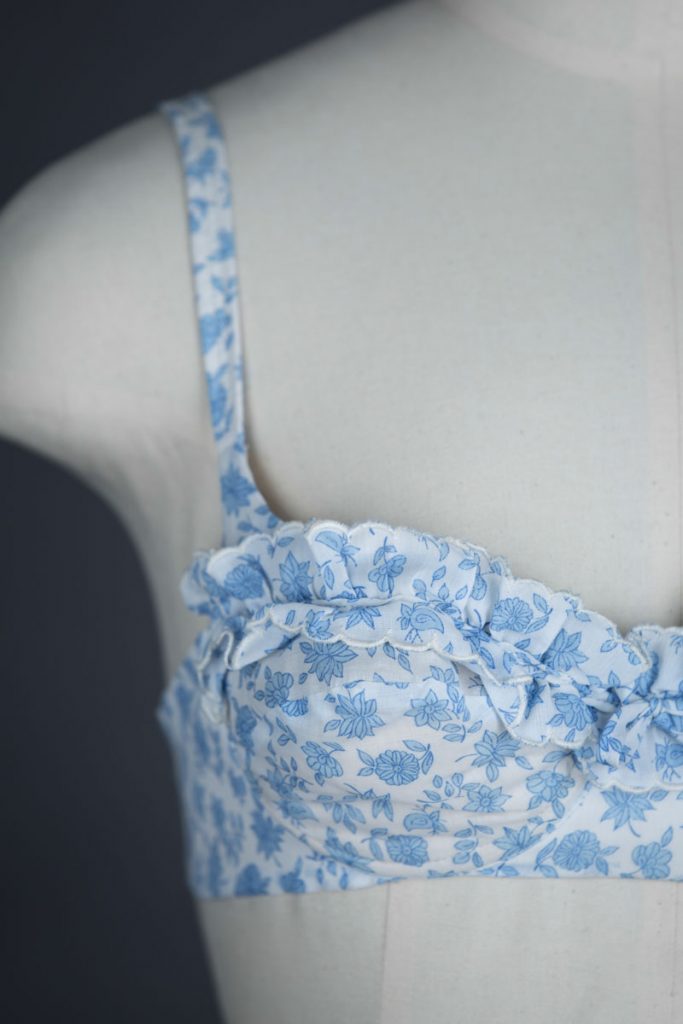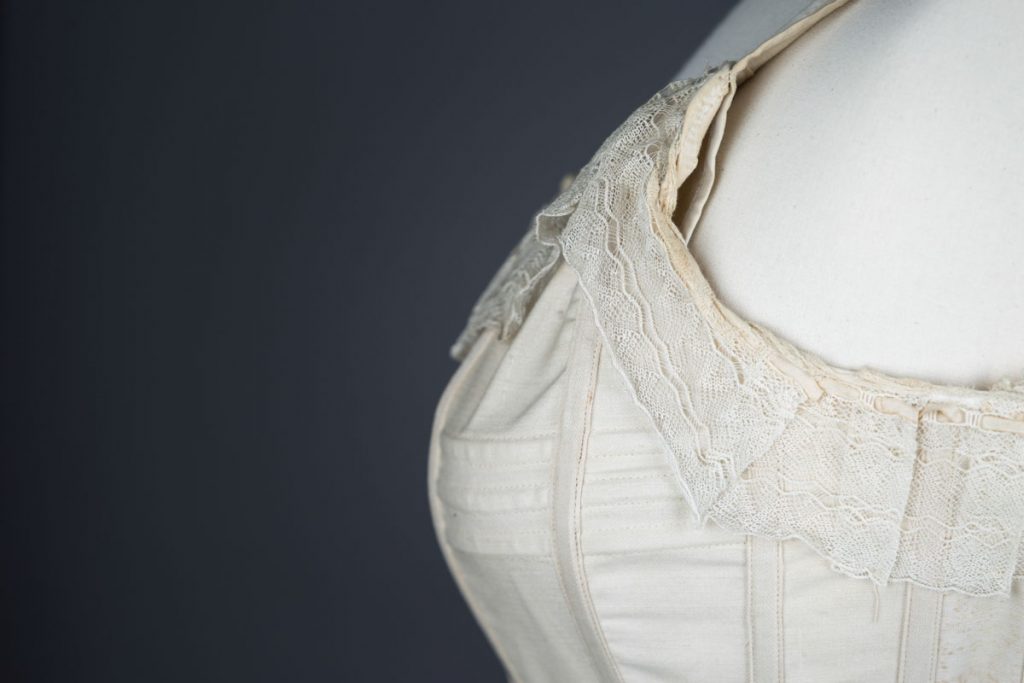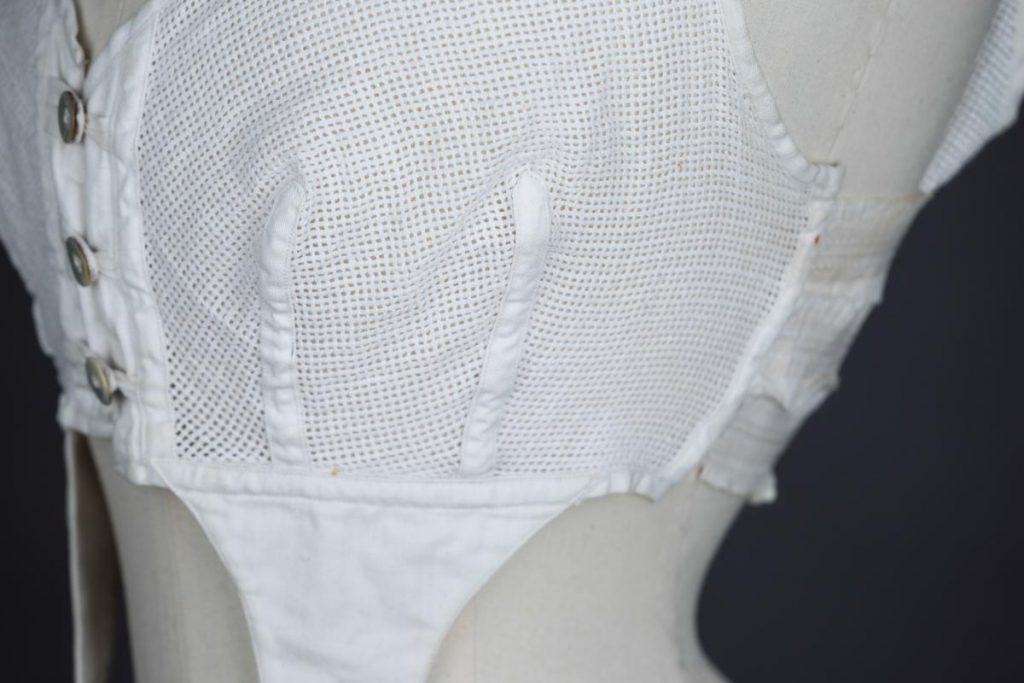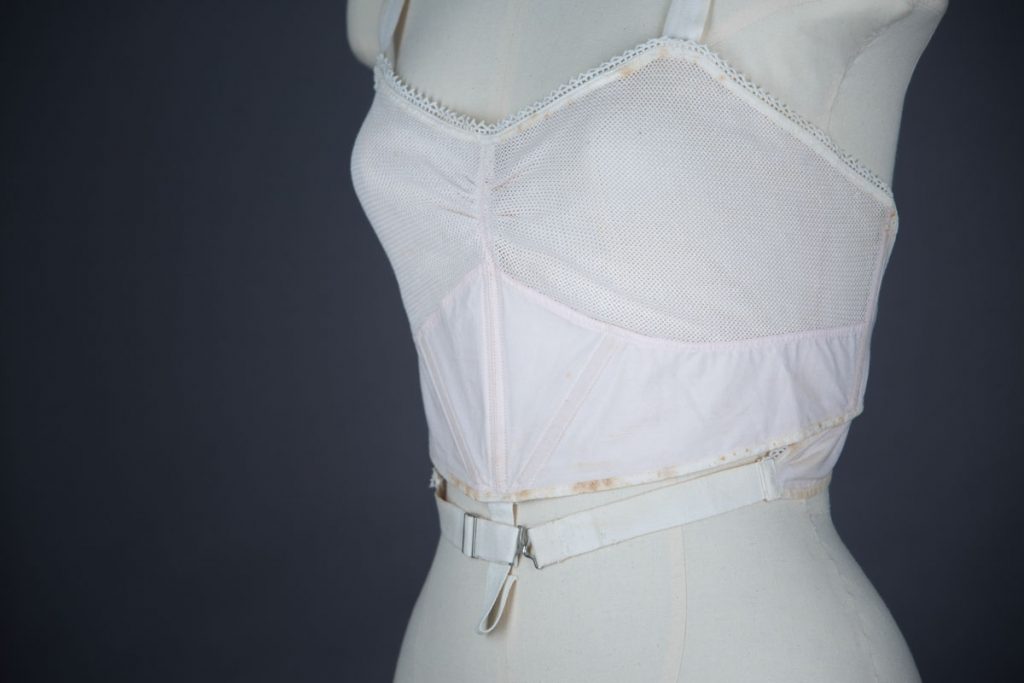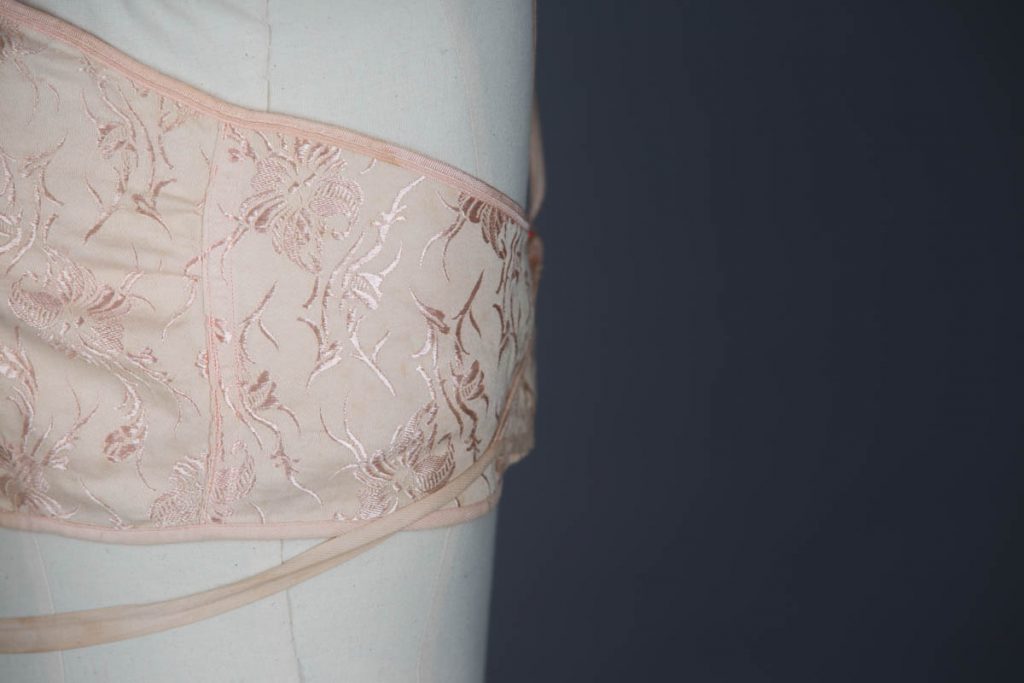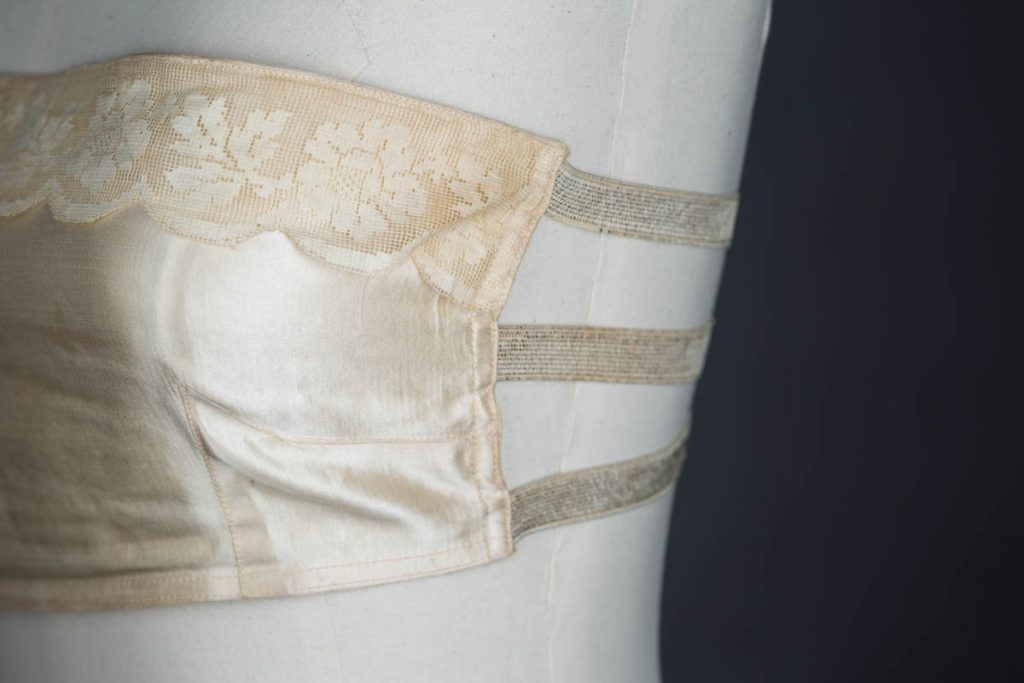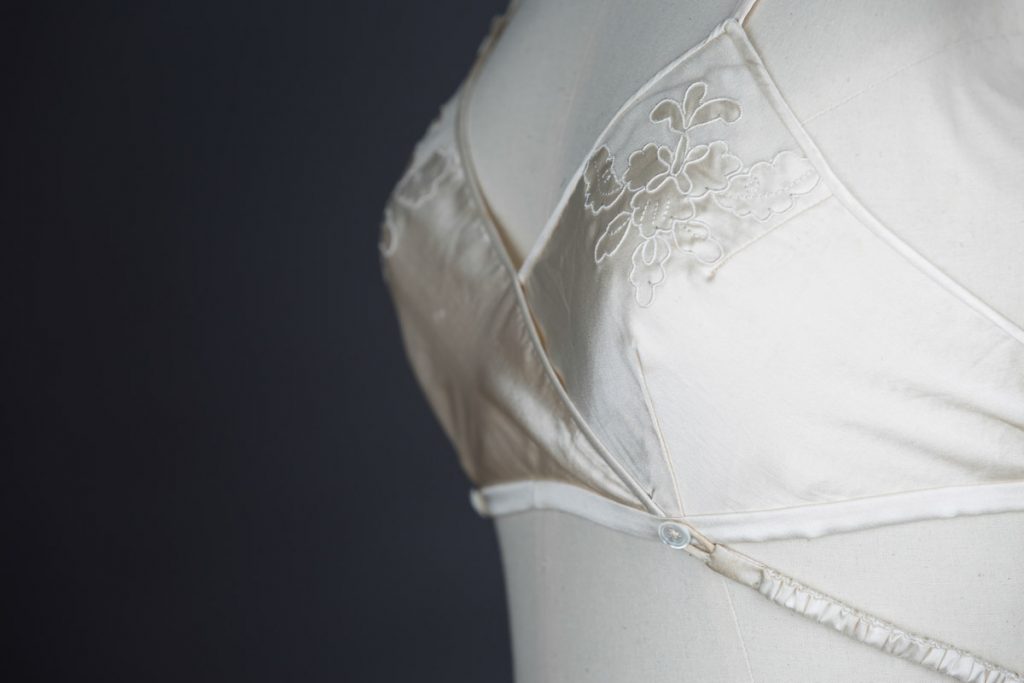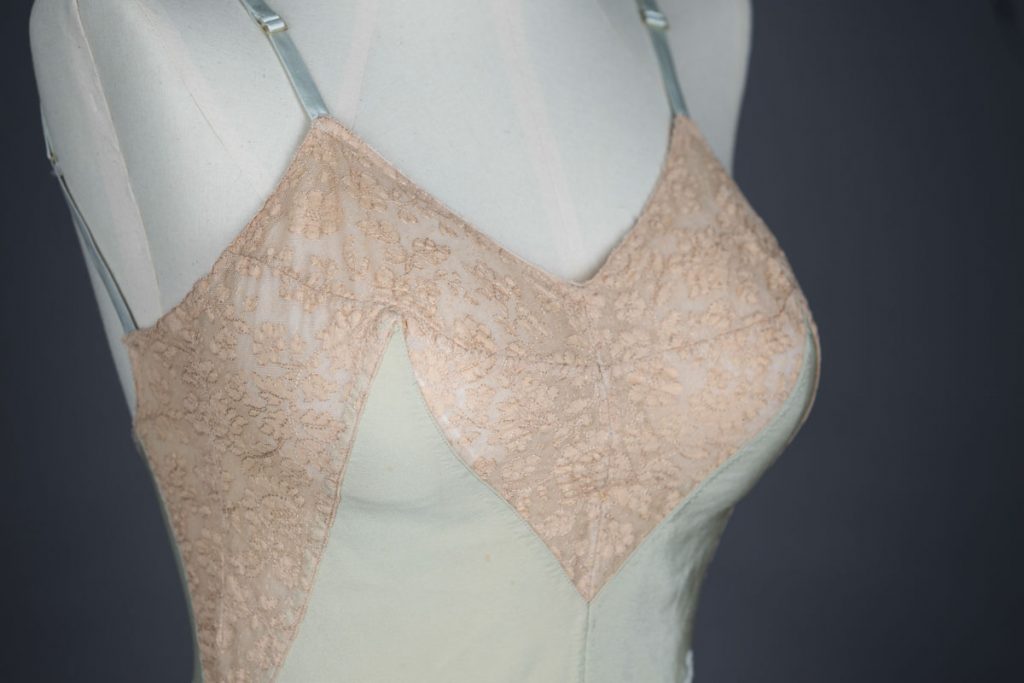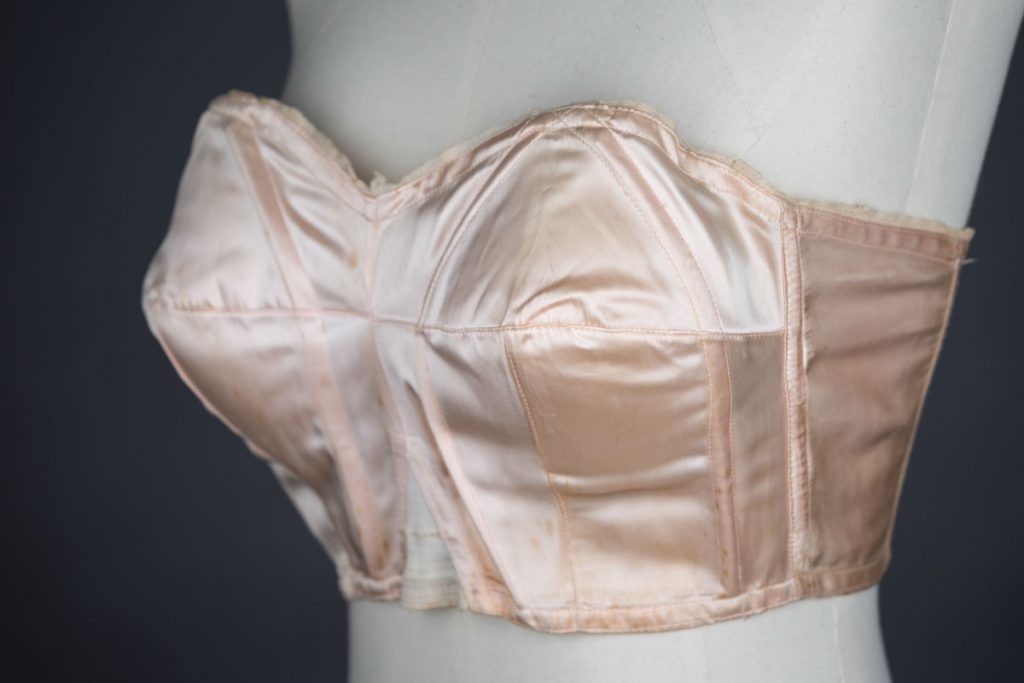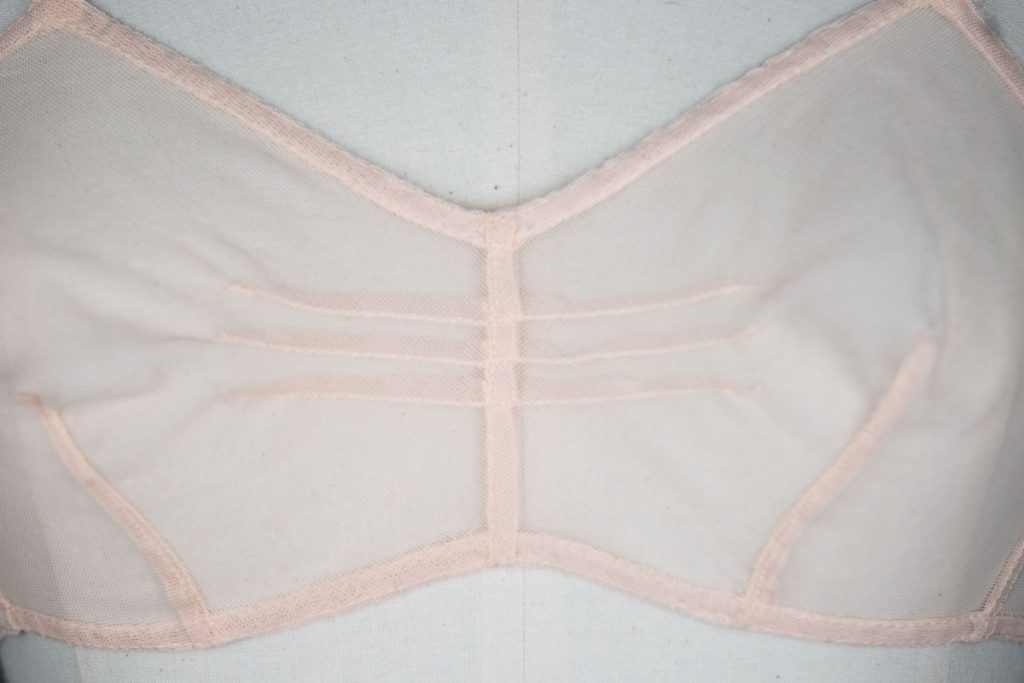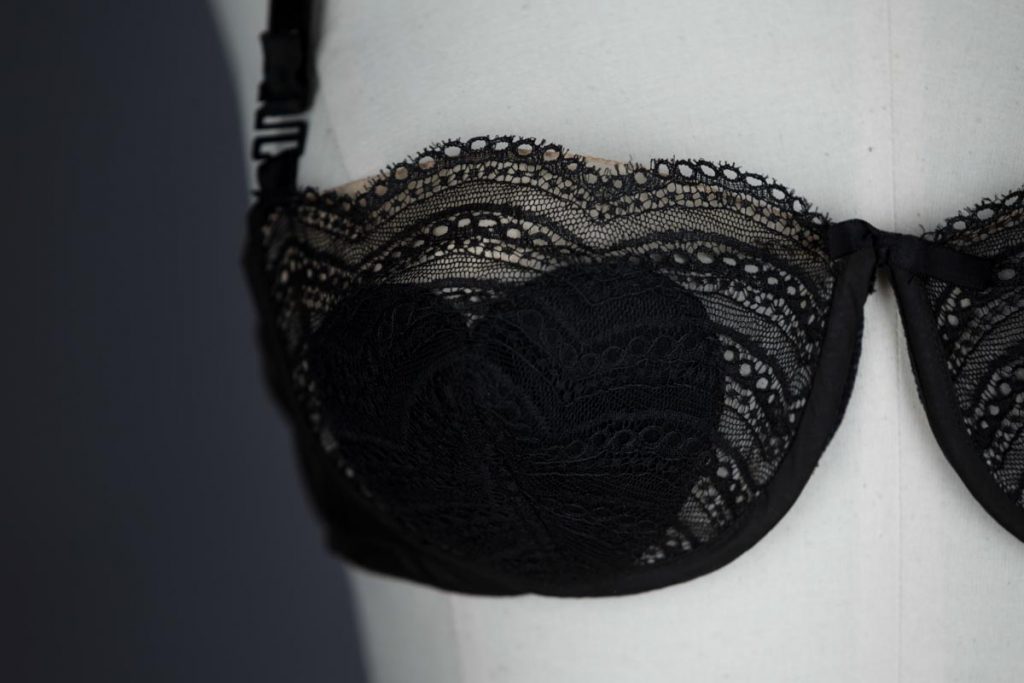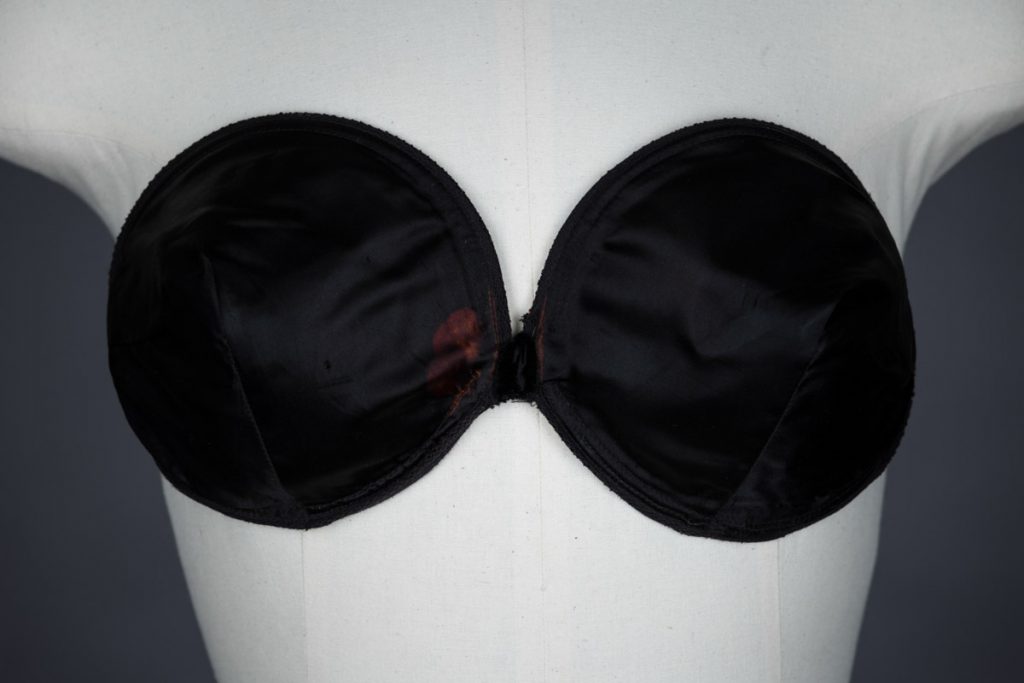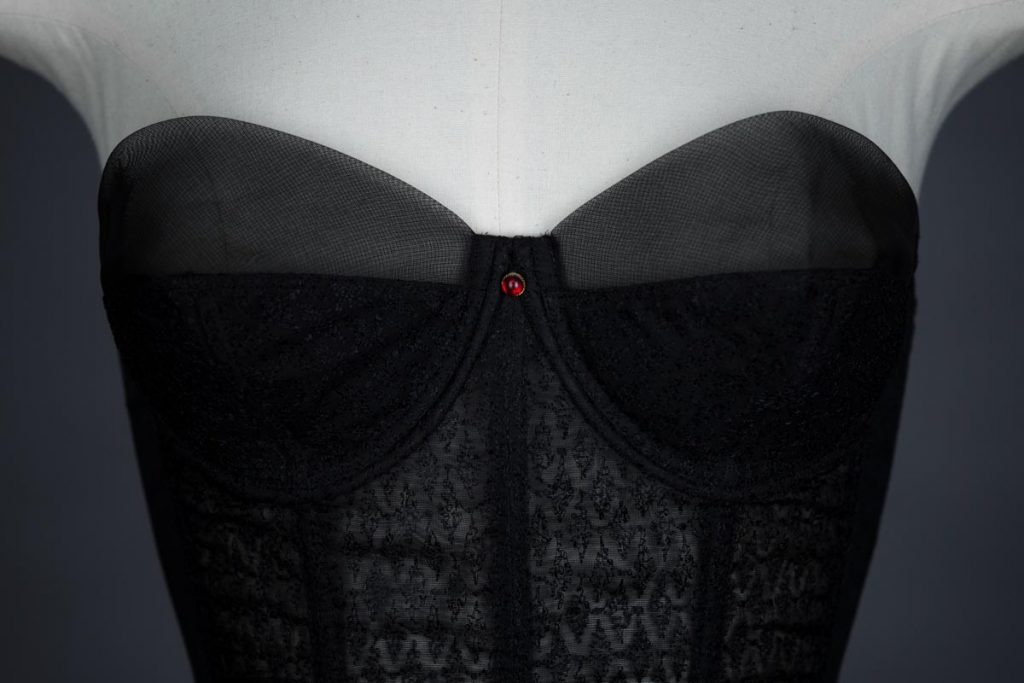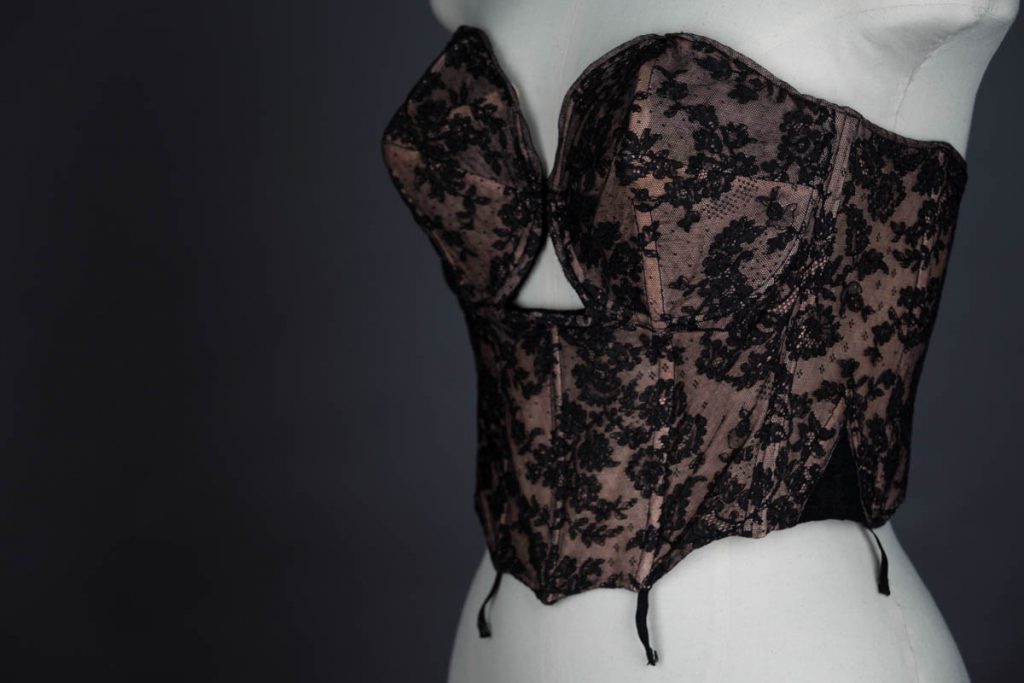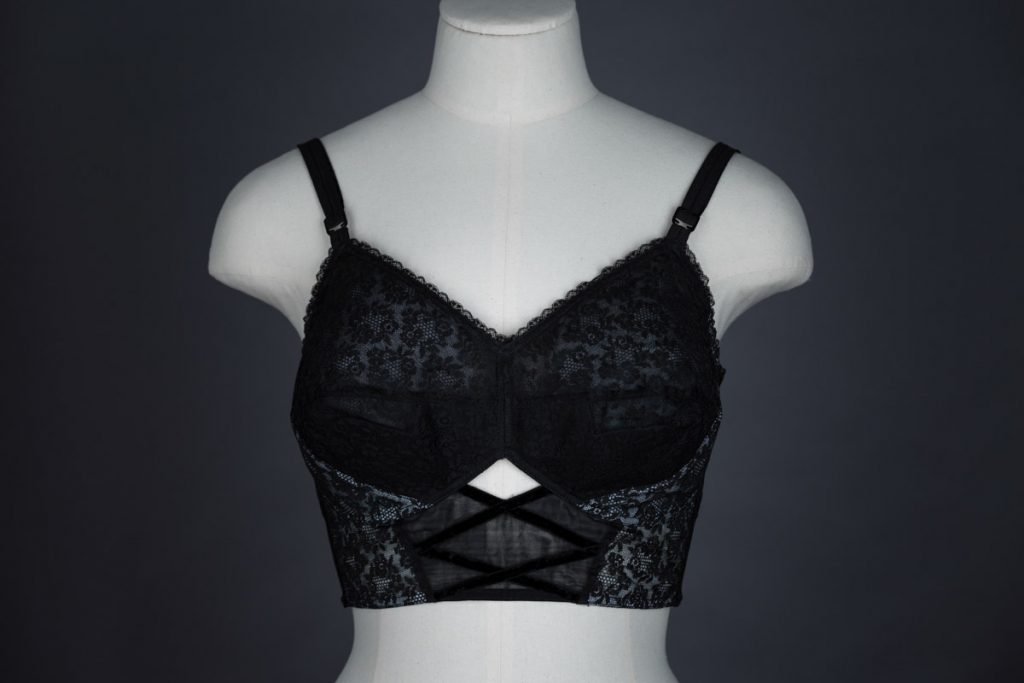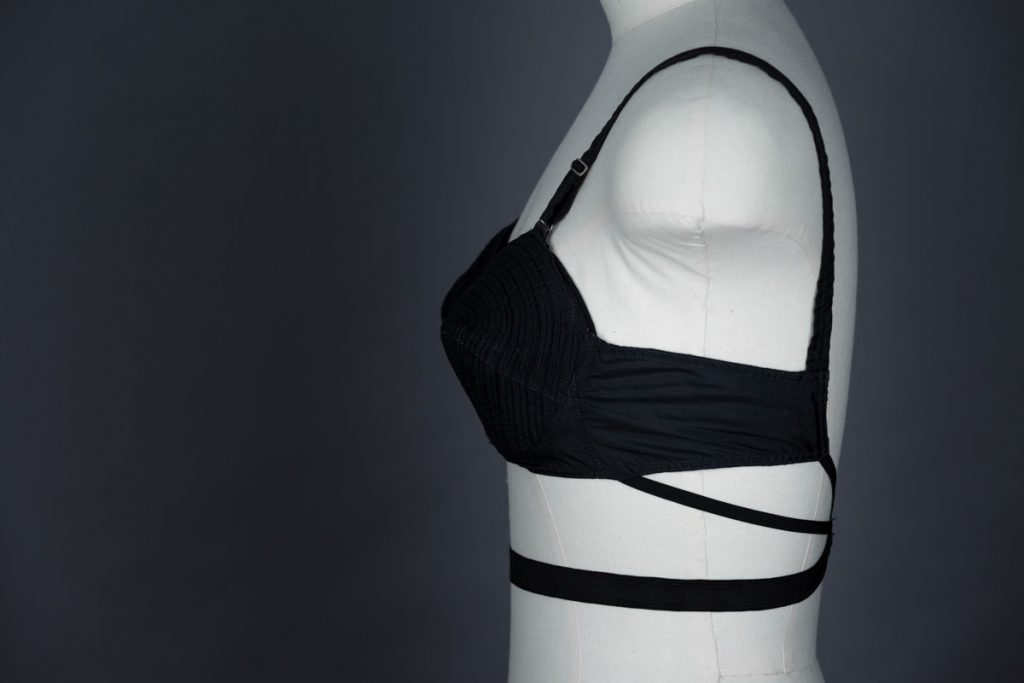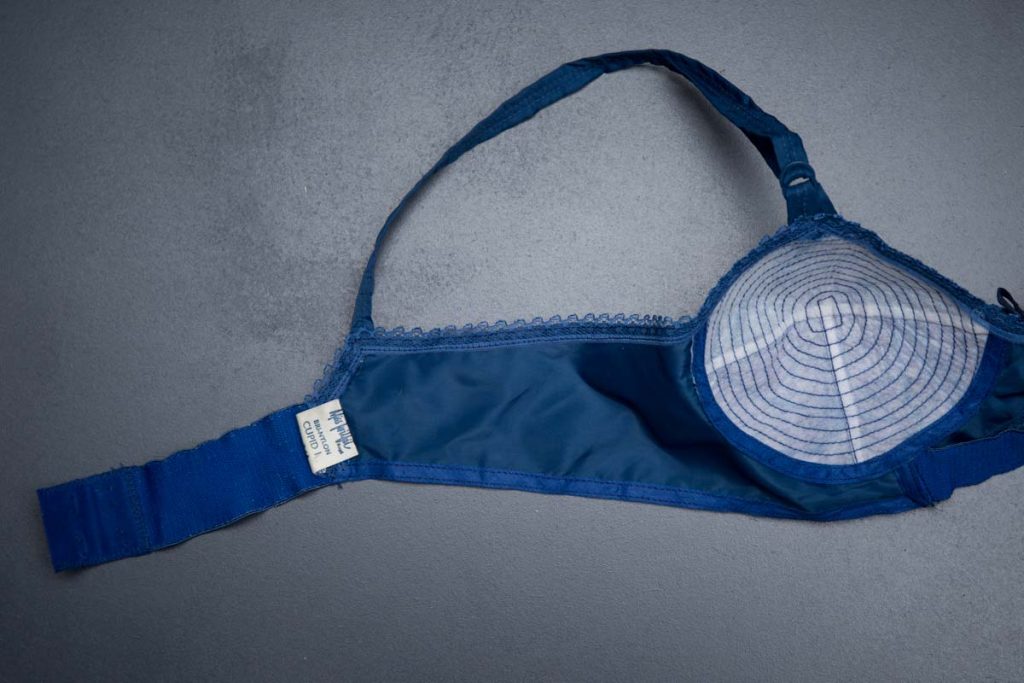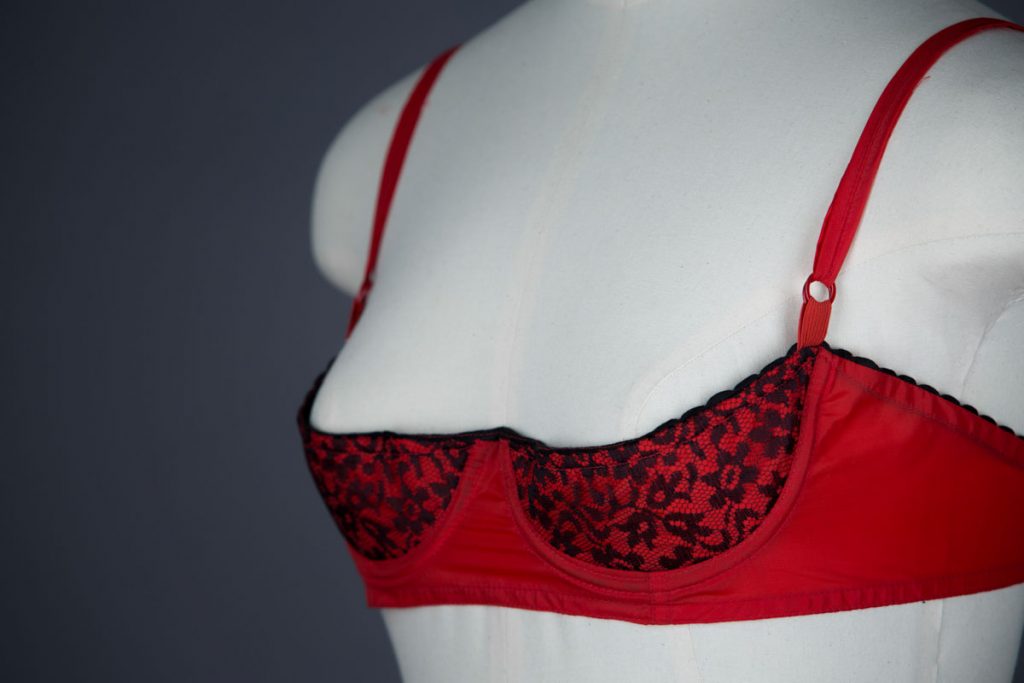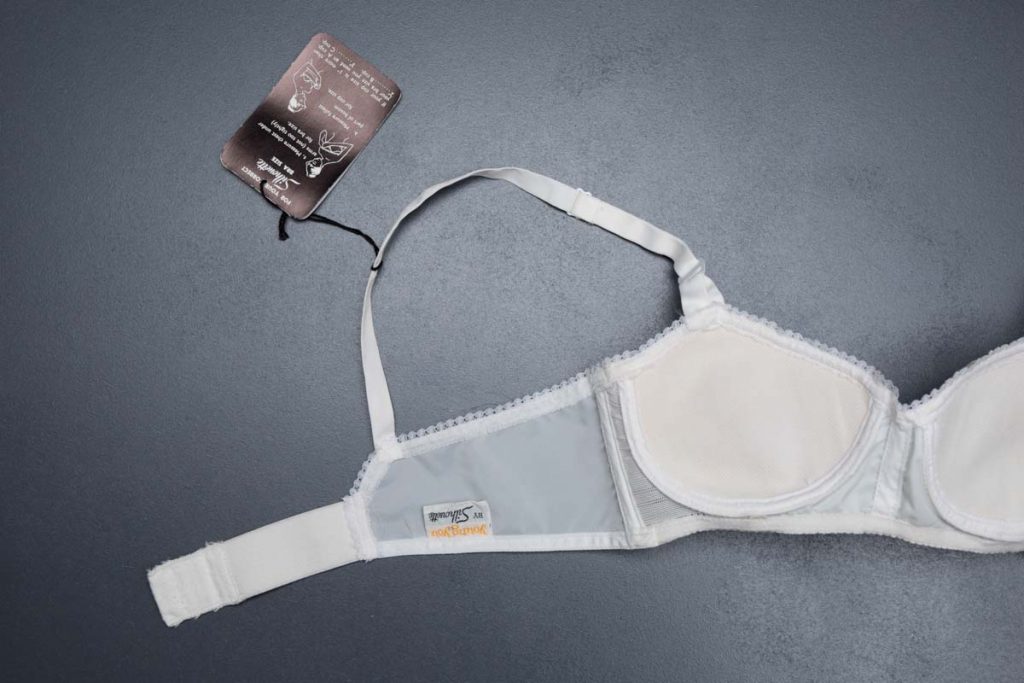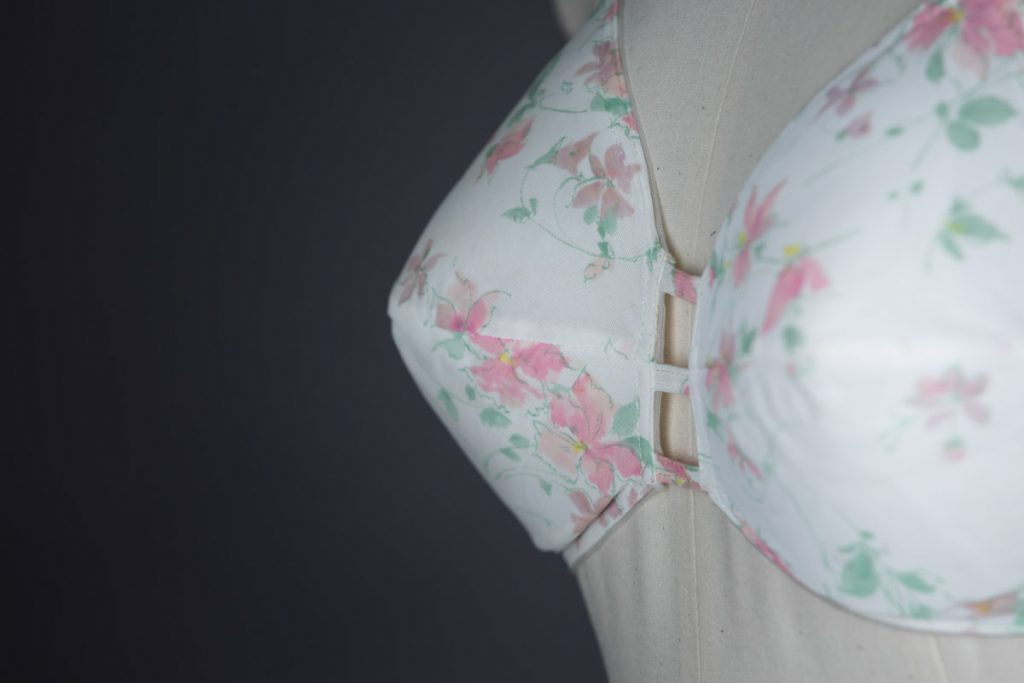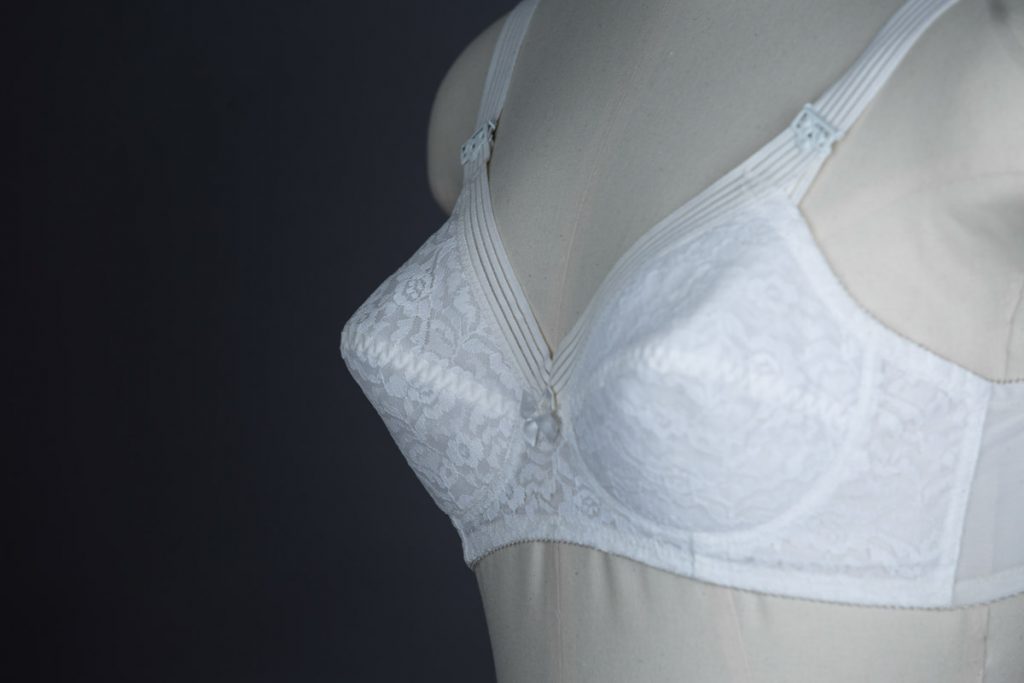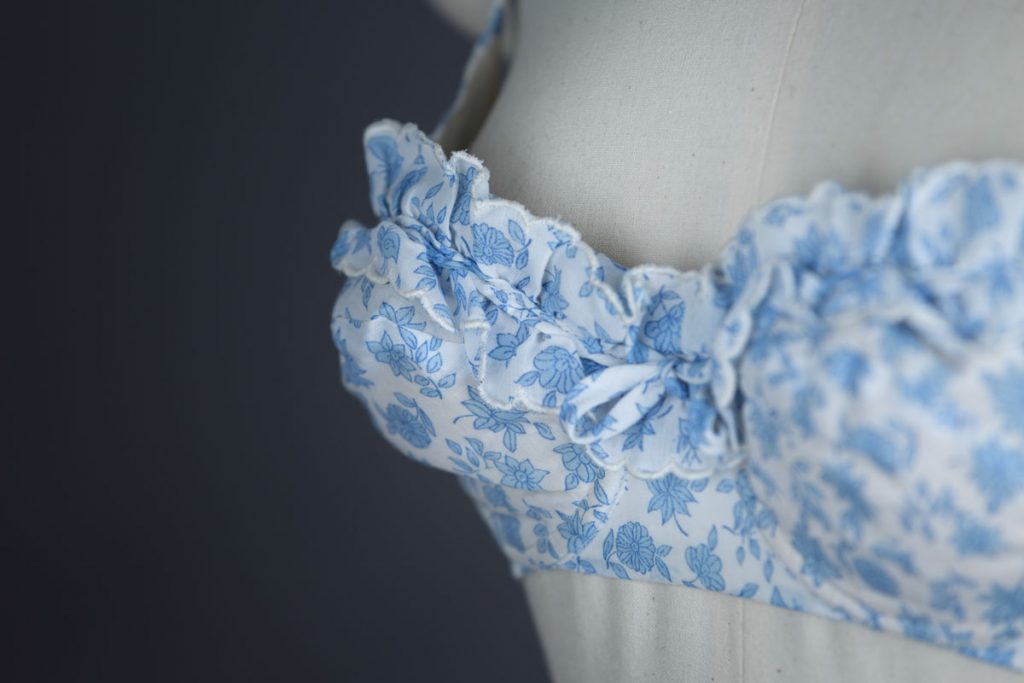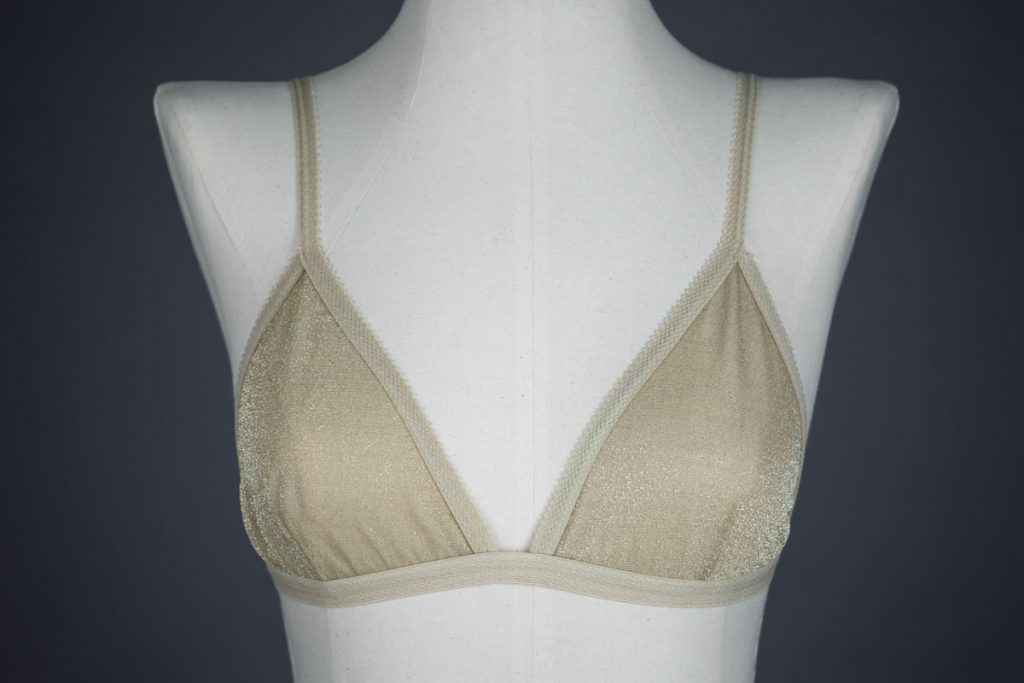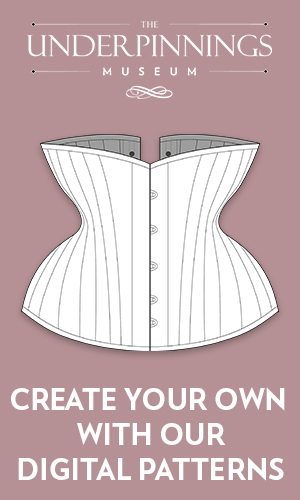Synthetic fibres suffered a serious image problem in the late 1970s and by the early 1980s, natural fibres were making a comeback with garments made from fibres such as cotton and linen were being marketed as luxurious in a way that only silk had been previously. Only Lycra, with a massive relaunch and marketing push, survived unscathed and at this time the concept of different bras for different occasions or activities featured in the advertising for many big brands. Consumers were being sold a wardrobe of bras rather than one version of perfection. Synthetics entered a new era when Japanese textile companies developed microfibres. Finally synthetics became ‘breathable’ and the microfibre versions of nylon and viscose were launched and used extensively in the production of underwear in the 1990s. Du Pont branded their nylon microfibre Tactel, and Courtaulds branded their viscose microfibre Tencel.
Although technological advancements have played an extremely important part in the development of the bra since 1930, there have actually been relatively few completely new features introduced since the late 1970s. The story of the technological changes to the bra is one which owes a lot to the skill of pattern cutters and textile chemists plus the creativity of designers, manufacturers and, occasionally, retailers. However, it would appear that the only technological advancement that bra designers and manufacturers have yet to perfect is the one which really does ensure all-day comfort.
